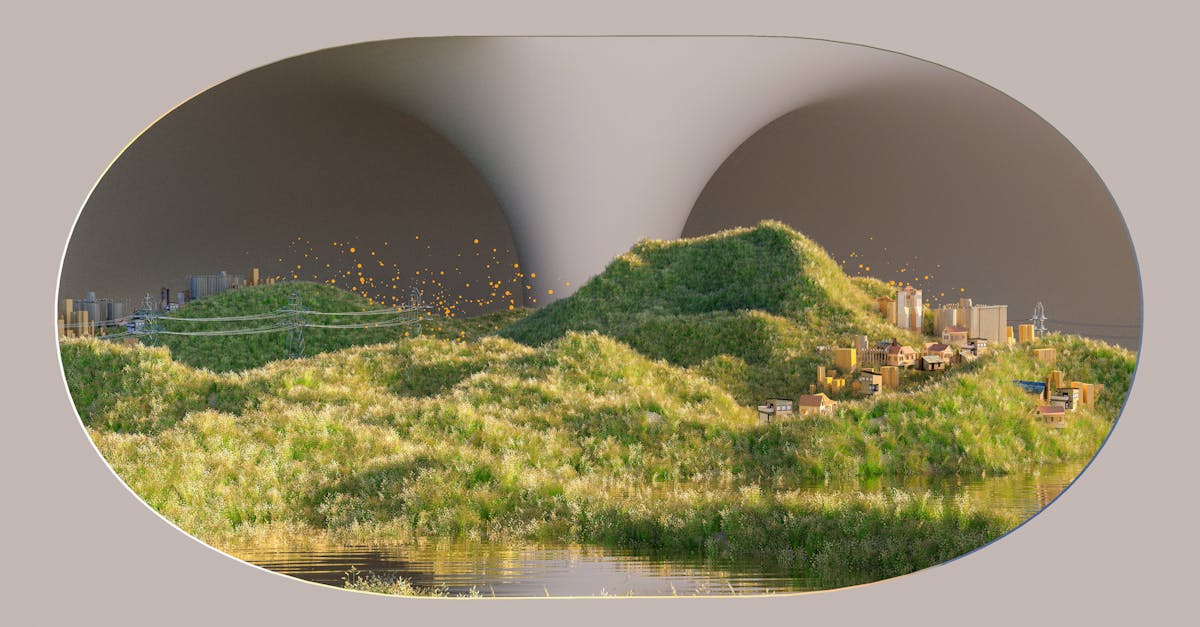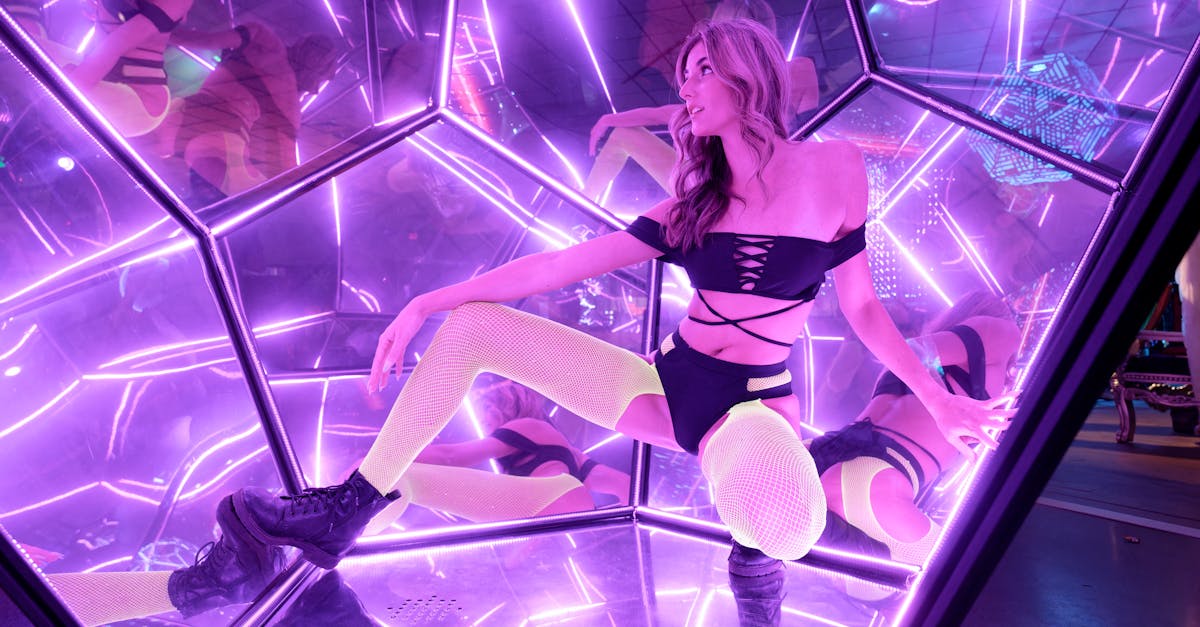Evolution of Arts Entertainment in the Next Century
Introduction
The horizon of arts and entertainment is on the cusp of monumental shifts as we move towards the next century. With technology advancing at an unprecedented rate, traditional art forms are blending with cutting-edge innovations. Artists and entertainers are exploring new mediums to tell stories, creating immersive experiences that challenge our senses. The collaboration between technology and art is leading to a more interactive, inclusive, and personalized entertainment landscape. From virtual reality to artificial intelligence, the boundaries of creativity are expanding beyond what was once imaginable. As society evolves, so does its demand for novel artistic expressions, making the future of arts and entertainment an exciting realm to explore.
Advertisement
Tech Infiltrates Creativity
The 21st century witnessed the integration of technology across various art forms, a trend that will only intensify. Virtual reality (VR) and augmented reality (AR) offer artists a three-dimensional canvas to create immersive experiences that were previously unfathomable. Interactive installations at museums and VR concerts allow audiences to become part of the art rather than mere observers. Furthermore, artificial intelligence is being utilized to assist in the creation of music, paintings, and even literature, offering a collaborative approach to creativity. This merging of tech with art is not only altering how we create but also redefining experiential consumption, enhancing engagement in unprecedented ways.
Advertisement
The Rise of Personalized Entertainment
As consumer data becomes increasingly available, the entertainment industry continues its journey towards personalization. Streaming platforms like Netflix and Spotify already use algorithms to suggest content tailored to individual tastes. This trend is expected to develop further, with entertainment becoming a highly customized experience. Imagine music albums tailored to your emotional state, or immersive films that adapt their storyline based on viewer choices. This era of hyper-personalization caters to varied preferences, ensuring art and entertainment continue to resonate with diverse audiences on a deeply personal level.
Advertisement
Social Messaging in Art
In the coming decades, art is likely to emphasize its role in addressing societal issues. As global awareness of climatic, social, and political challenges increases, art will serve as a powerful medium for activism and discourse. Artists and filmmakers are increasingly using their platforms to initiate dialogues on important topics. This movement anticipates more public art installations, documentary films, and performing arts projects dedicated to inspiring social change. The future sees art not only as a tool for entertainment but as an essential vehicle for consciousness-raising, urging society to reflect and act on pressing issues.
Advertisement
The Evolution of Live Performance
While digital media thrives, the demand for live entertainment remains robust, yet it will transform with technology. Holography could revolutionize live performances, enabling artists to be present in multiple locations simultaneously. The integration of digital avatars will allow for limitless creativity in staging and choreography. Audience participation will drastically increase, thanks to real-time interactive technologies, making concerts and theater experiences more engaging. Despite digital transformations, the essence of live interaction and the communal experience of enjoying art collectively will continue to be cherished.
Advertisement
Sustainability and Eco-Friendly Arts
As environmental consciousness rises, the art industry will be under pressure to adopt sustainable practices. From sourcing eco-friendly materials to minimizing carbon footprints in production, sustainability will influence art creation and distribution. Already, architects and designers are innovating with recyclable materials, creating installations that not only capture the imagination but also respect the planet. As the century progresses, these principles will permeate all entertainment avenues, inspiring a more conscientious approach to creativity that aligns with environmental imperatives.
Advertisement
Global Fusion of Cultures
The globalization of art and entertainment is heralding a fusion of cultures. Technology allows artists to collaborate across continents, blending different cultural elements into their work. From music collaborations spanning languages and regions to international film co-productions, multicultural contributions will diversify artistic expression. This cross-pollination of ideas and styles enables arts to be a truly global endeavor, one that reflects the complexities and beauty of our interconnected world, enriching lives universally.
Advertisement
The Role of Social Media
An integral part of the current arts and entertainment landscape, social media is poised to further shape the industry's future. Platforms like Instagram, YouTube, and TikTok have emerged as launchpads for new artists, offering visibility and engagement with global audiences. As these platforms evolve, they will continue to democratize art distribution, allowing creators from all levels and regions to share their visions. Furthermore, direct feedback from audiences will become crucial in shaping artistic content, making entertainment a two-way conversation rather than a monologue.
Advertisement
Challenges Ahead
Despite the promising landscape, several challenges loom. The increasing reliance on technology raises concerns about the loss of traditional skills. Additionally, the ethics of data usage in personalized entertainment require careful monitoring to protect privacy. Issues of access and equitable representation in the digital space will need addressing to prevent digital divides. Collaborative efforts and innovative policies will be essential to ensure that advancements in arts and entertainment serve societal well-being without compromising integrity or inclusivity.
Advertisement
Conclusion
In the next century, arts and entertainment promise to be more dynamic and inclusive than ever before. Technology will continue to drive innovation, creating diverse and engaging experiences for audiences. However, the preservation of artistic integrity and consideration of ethical implications will be crucial. As new forms of expression emerge, the arts will maintain their core mission of inspiring, provoking, and uniting people. By embracing this ever-evolving landscape with a sense of responsibility and creativity, the coming century holds endless possibilities for the arts community and its audiences.
Advertisement








